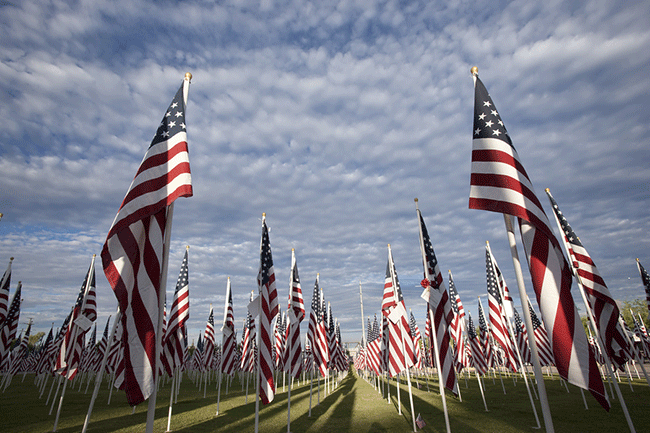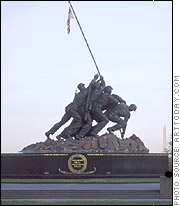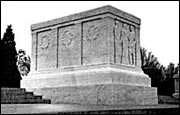Veterans Day


Veterans’ Statistics, Veterans Day History, War Poetry, and More
Also known as Remembrance Day around the world, this is an important date on the calendar. This day is set aside for commemorating those who have fought and lost their lives in pursuit of rights and freedom— from the First World War to the Persian Gulf conflict.
Veterans Day is honored on the 11th day of the 11th month at 11 a.m— November 11. This specific time was chosen to coincide with the last cessation of gunfire during the Great War on the same day in 1918, as the prelude to peace began between the warring nations and a cease-fire was ordered at 11 a.m. This Armistice lead to the Treaty of Versailles, signed in June of the next year, officially ending the war.
And because Armistice comes from the Latin word sistere, which means “to come to a stop”, it was a fitting name for the holiday when it was in its infancy— first called Armistice Day in reference to the cease-fire of November 11, 1918.
Today, the now Veterans Day or Remembrance Day celebrations include a minute of silence for those who fought in their country’s service, parades, presentations by veterans’ service organizations, and more. People also gather at memorial locations such as Arlington National Cemetery, the Vietnam Veterans Memorial, and more.
You might even hear the President speak from the White House to commemorate the day and pass on a message from the federal government!
But most importantly, we use this time to remember the service members who didn’t return home and honor the military veterans who did. And because this is not a day of mourning but of remembrance and thanksgiving, the American flag is not flown at half-staff.
Read on to discover more information on this important holiday, including the first Veterans Day, the history of Veterans Day, and important persons— from President Woodrow Wilson and veterans of World War I, to national Veterans Day activities and President Dwight D. Eisenhower.
 Iwo Jima Memorial, Washington, D.C.  Tomb of the Unknowns, Arlington National Cemetery, Arlington, Va. |
Armistice Day Becomes Veterans Day
World War I officially ended on June 28, 1919, with the signing of the Treaty of Versailles. The actual fighting between the Allies and Germany, however, had ended seven months earlier with the armistice, which went into effect on the eleventh hour of the eleventh day of the eleventh month in 1918. Armistice Day, as November 11 became known, officially became a holiday in the United States in 1926, and a national holiday 12 years later. On June 1, 1954, the name was changed to Veterans Day to honor all U.S. veterans.
In 1968, new legislation changed the national commemoration of Veterans Day to the fourth Monday in October. It soon became apparent, however, that November 11 was a date of historic significance to many Americans. Therefore, in 1978 Congress returned the observance to its traditional date.
Tomb of the Unknowns
Official, national ceremonies for Veterans Day center around the Tomb of the Unknowns.
To honor these men, symbolic of all Americans who gave their lives in all wars, an Army honor guard, the 3d U.S. Infantry (The Old Guard), keeps day and night vigil.
At 11 a.m. on November 11, a combined color guard representing all military services executes "Present Arms" at the tomb. The nation's tribute to its war dead is symbolized by the laying of a presidential wreath and the playing of "Taps."
Unknown Soldier Identified
On Memorial Day (which honors U.S. service people who died in action) in 1958, two more unidentified American war dead, one from World War II and the other from the Korean War, were buried next to the unknown soldier of World War I.
A law was passed in 1973 providing the interment of an unknown American from the Vietnam War, but because of the improved technology to identify the dead, it was not until 1984 that an unidentified soldier was buried in the tomb.
In 1998, however, the Vietnam soldier was identified through DNA tests as Michael Blassie, a 24-year-old Air Force airman who was shot down in May of 1972 near the Cambodian border. His body was disinterred and reburied by his family in St. Louis, Missouri.
Special Features |
The History of War |
The War Dead |
Veterans |
America's Wars—Military Conflicts in U.S. History |
|
The American RevolutionWar of 1812Mexican WarCivil WarSpanish American WarWorld War IWorld War IIKorean War |
Vietnam WarThe Persian Gulf WarAfghanistan War
Iraq War |
The U.S. Military |
Worldwide Conflicts and Wars |
About the author







